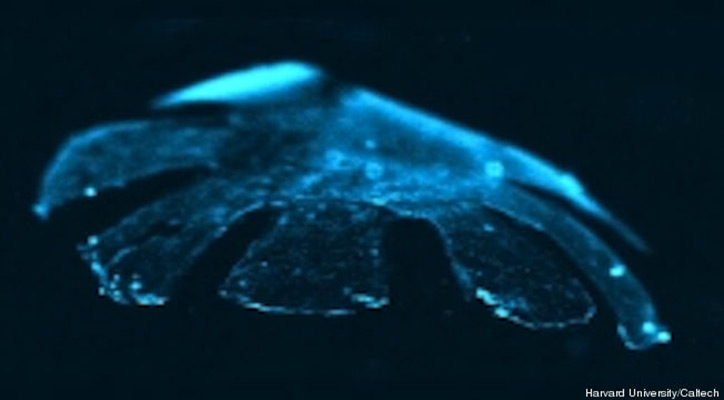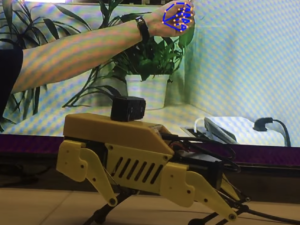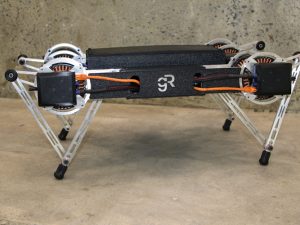Jellyfish are a wonder of nature. They are extremely simple creatures, and yet there’s something about their appearance and motion that has always mesmerized people. Now they are serving as inspiration for a group of Harvard Scientists.

Earlier this month, a team of scientists were able to turn inanimate silicone and living rat cardiac cells to create a robotic jellyfish called the Medusoid. While we have spent decades and millions of dollars in heart research, enough to build things like pacemakers, co-author Kevin Kit Parker, believes that the scientific community still failed to understand the fundamentals laws of muscular pumps.
After observing various marine animals, he immediately noted similarities in the jellyfish. Like the heart, the jellyfish utilizes a pumping motion to move through the water and also shares a similar morphology to the human heart.
Parker and his team combined a sheet of cultured rat heart molecules that would contract when electrically stimulated and incorporated a silicone polymer that fashions the body of the artificial creature into a thin membrane that resembles a small jellyfish (a moon jellyfish to be exact), with eight arm-like appendages. When placed into a container of ocean-like water and stimulated with electricity, the Medusoid was able to mimic the swimming of an actual jellyfish. In fact, the little cardiac cells began contracting on its own before the electrical shock.
The creation of this biological pump can open the field of tissue engineering to a whole new level. The creators are aiming to further evolve the Medusoid by allowing it to turn and move in a particular direction and incorporating a simple “brain” that will allow it to head towards a light source and seek out energy.






